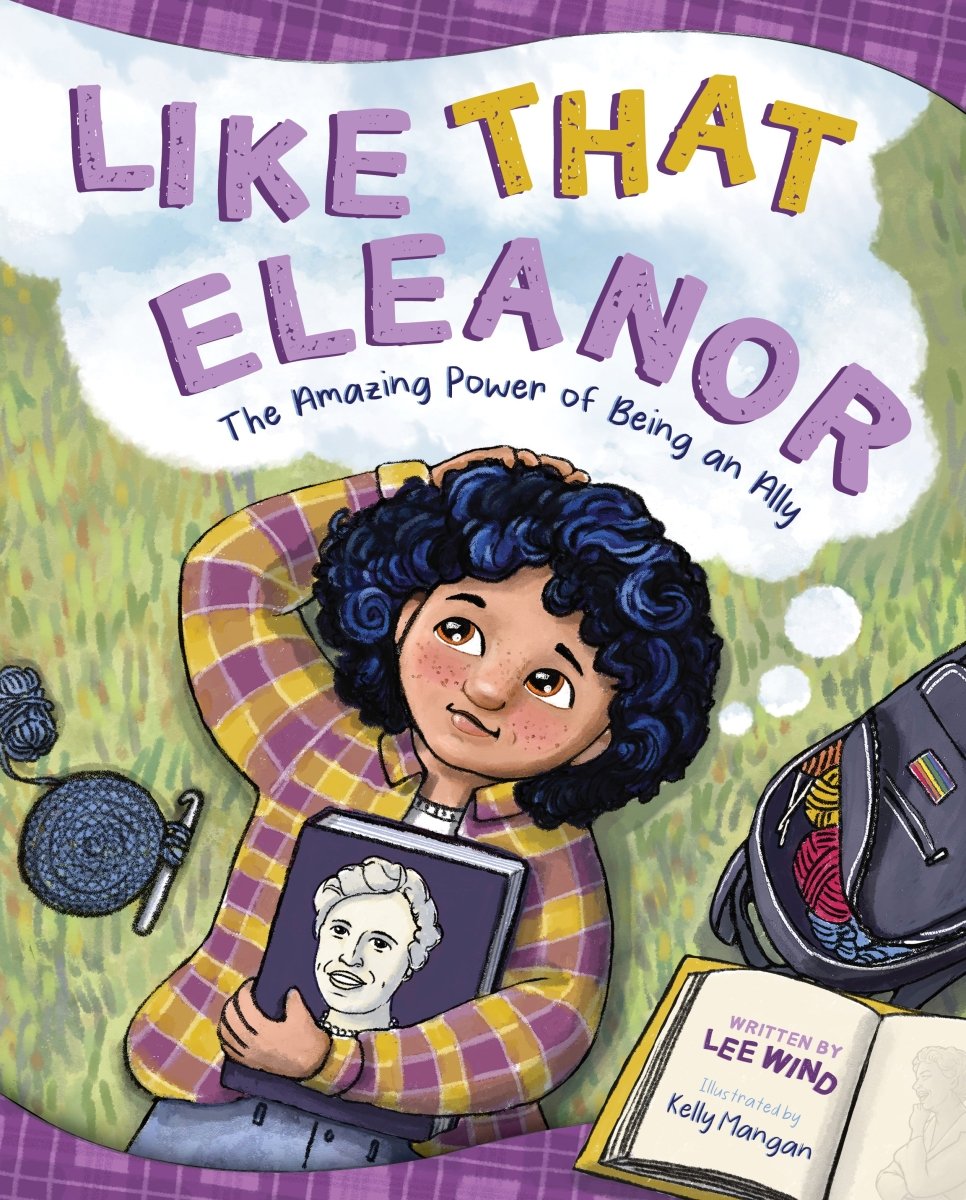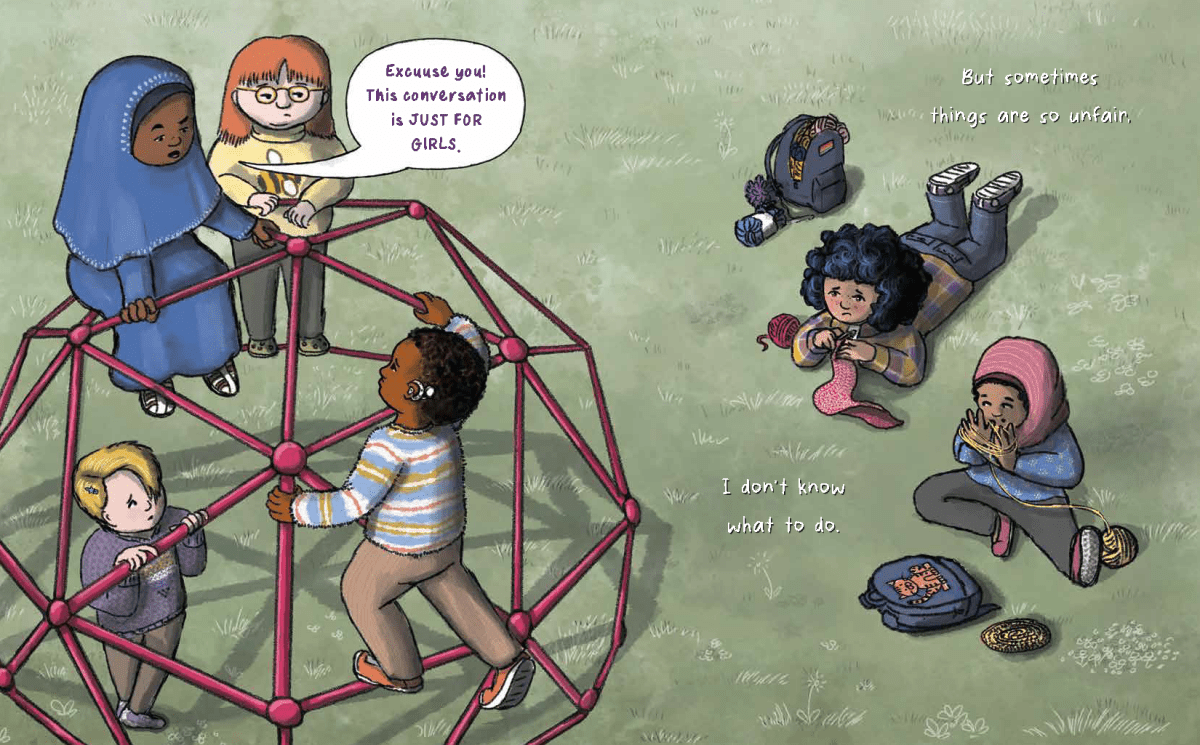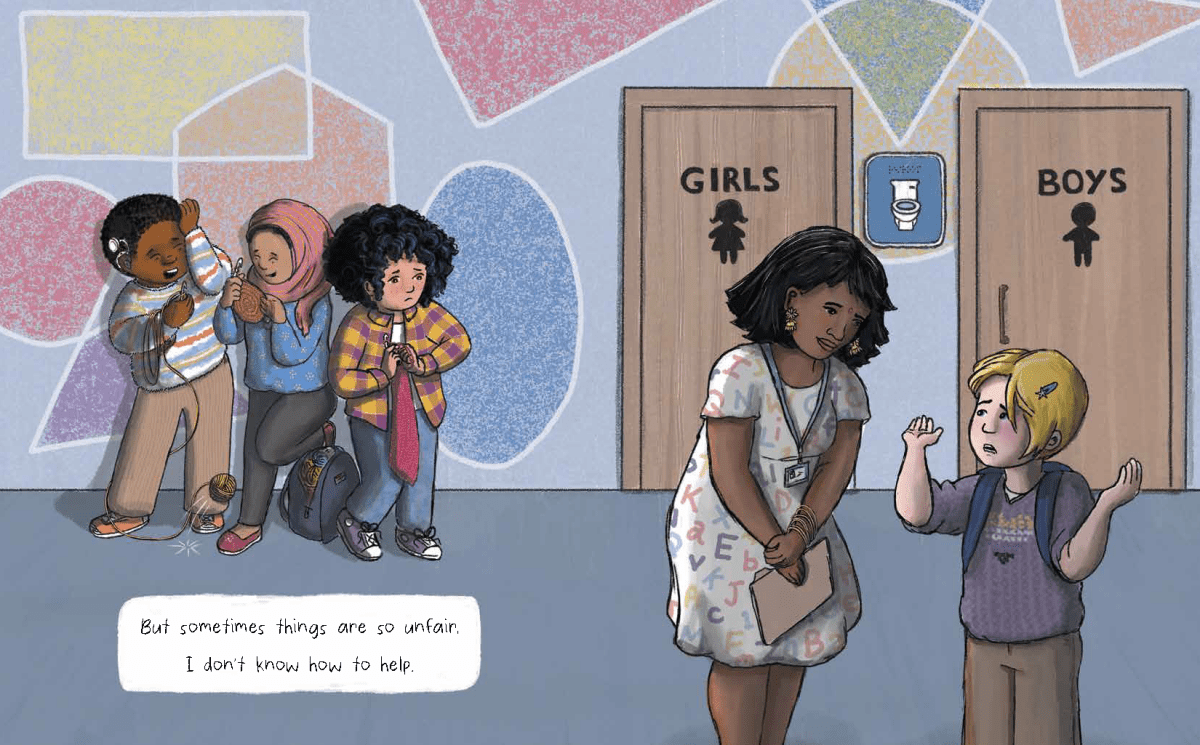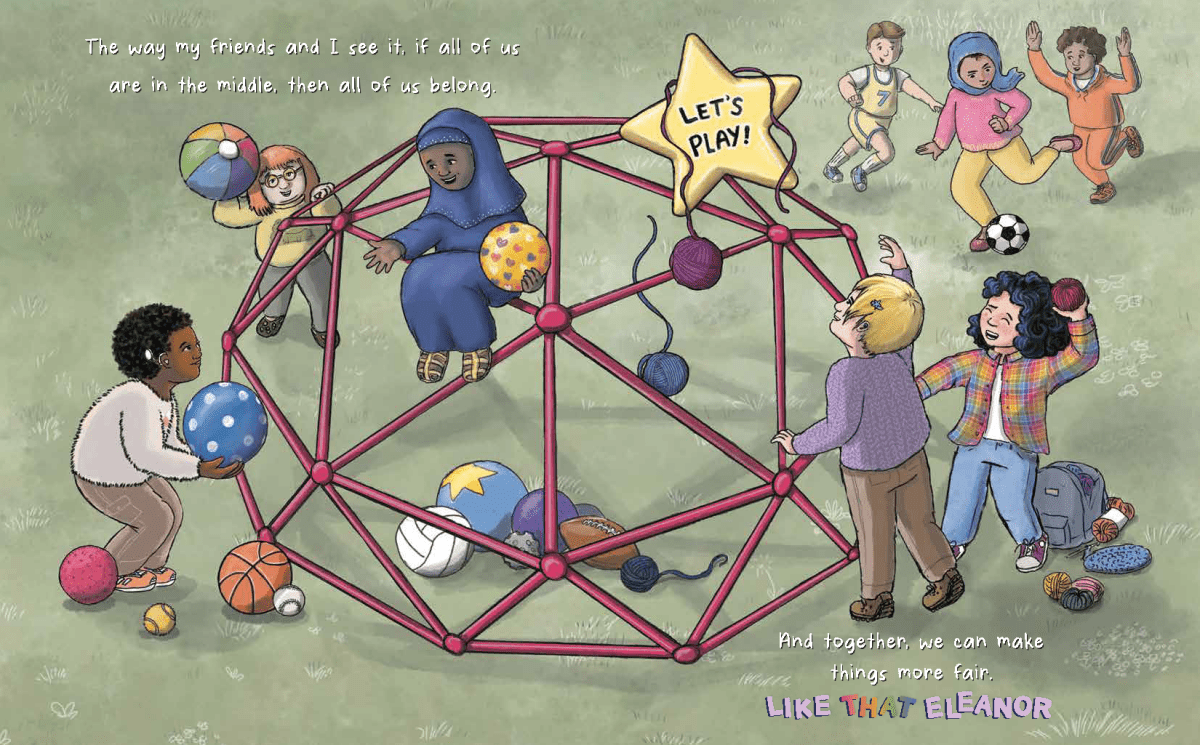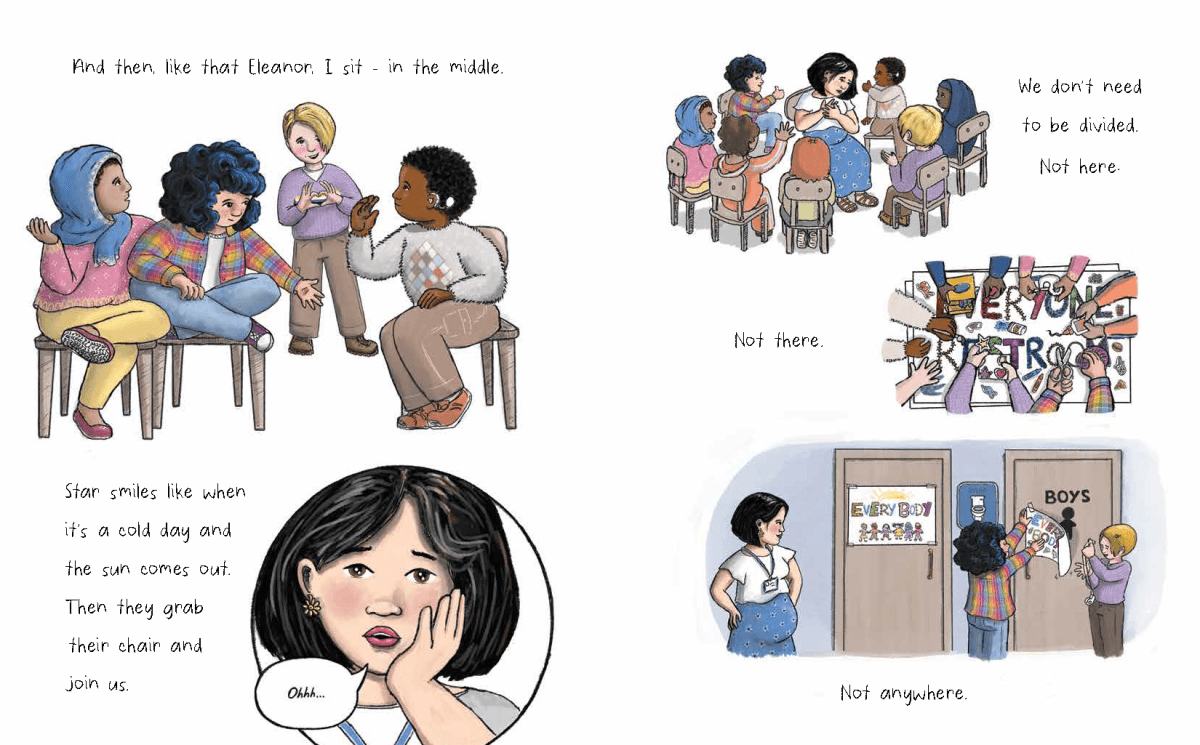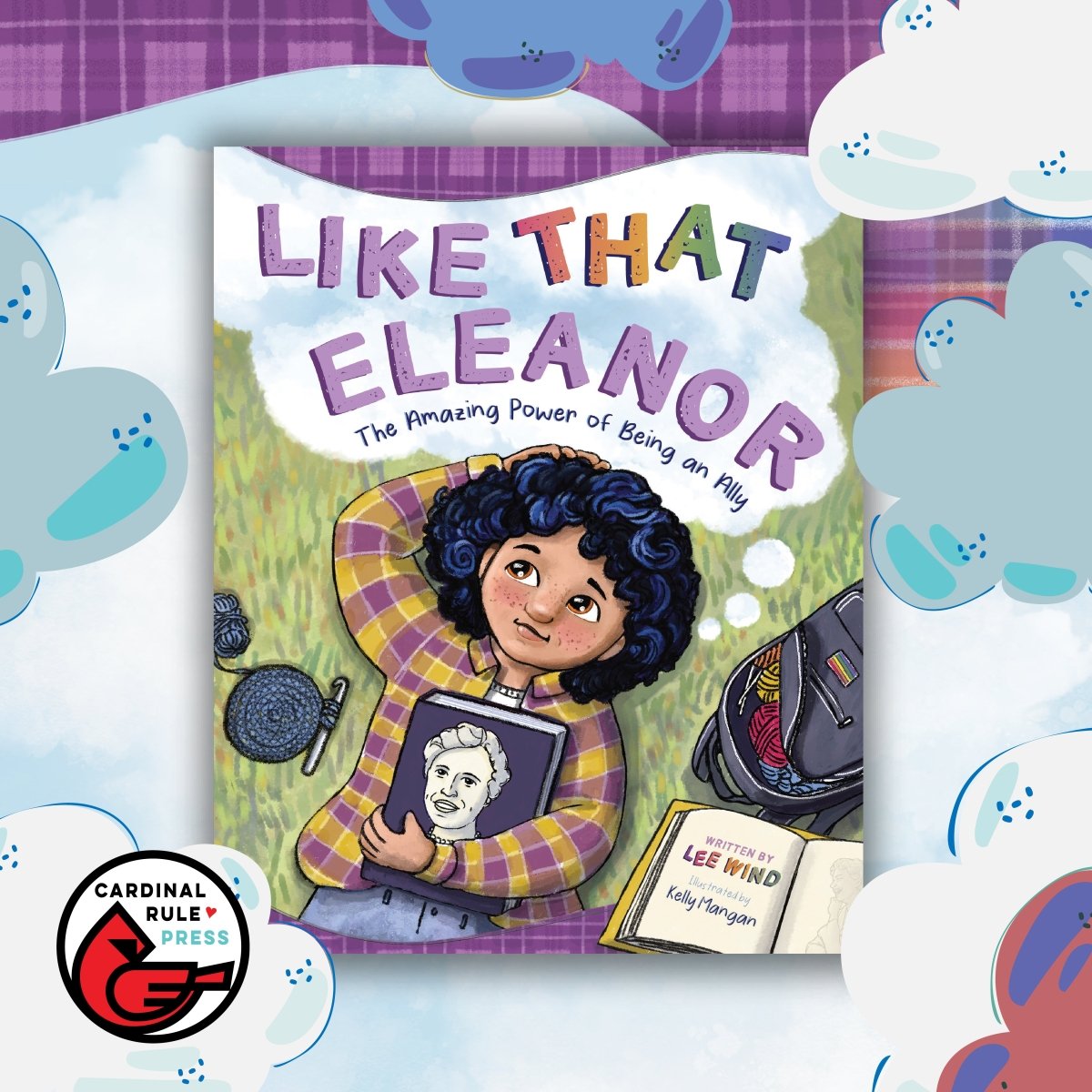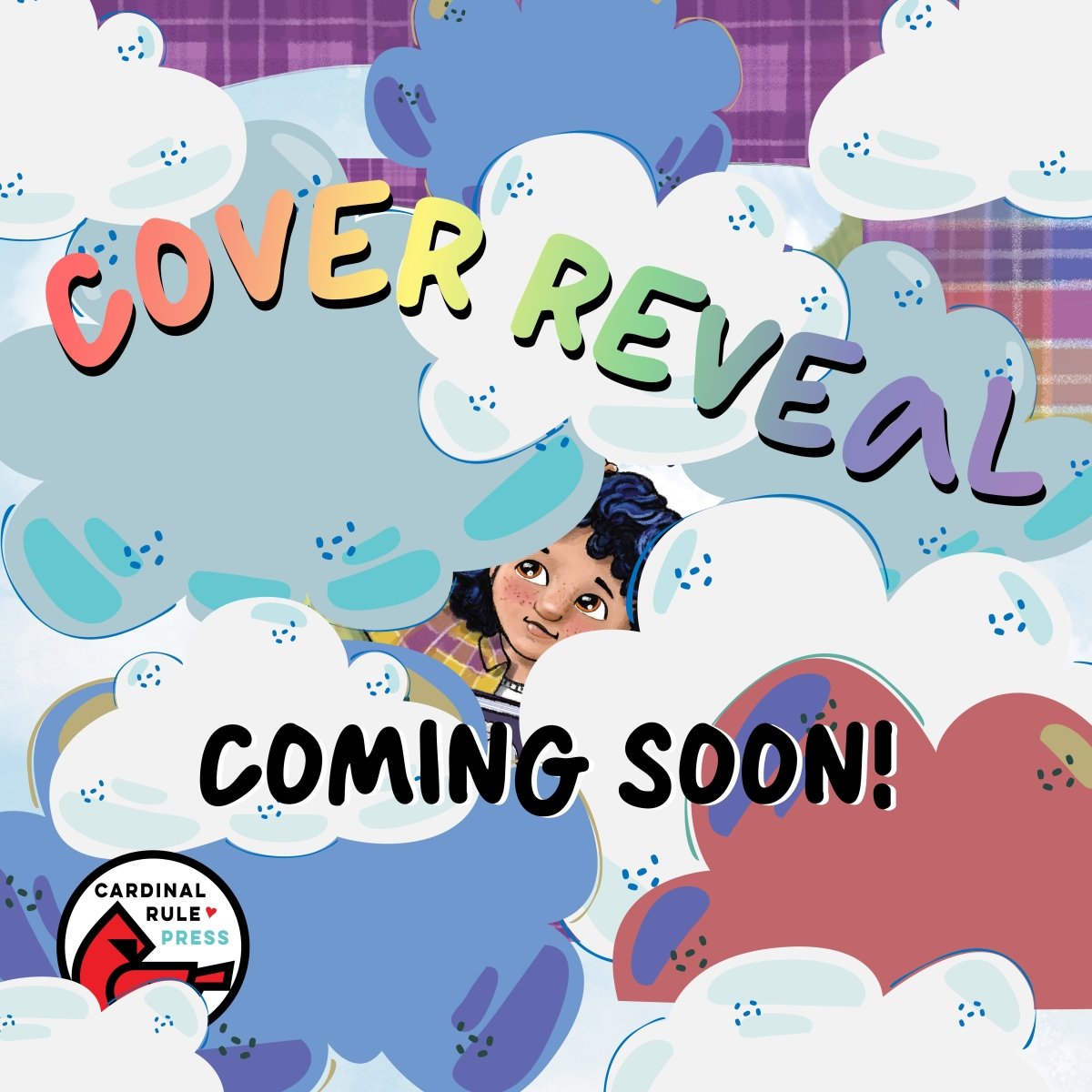- About
- Details
Inspired by her namesake Eleanor Roosevelt who fought to make things more fair, Eleanor stands up for her nonbinary friend Star by sitting down in just the right spot... Like THAT Eleanor.
Published Reviews
In Torgan-Randall’s picture book, a duck-obsessed girl makes a friend at summer camp after she learns how to listen to others.
Margaret, depicted as a white-skinned, brown-haired girl (rather in the Charlie Brown mold), prefers to be called Ducky. She is obsessed with ducks, and, while attending camp, she works duck facts into every conversation and activity, often talking over her peers (and even the counselor). No one else is much interested, and one boy in particular—red-haired Marvin[4]—loses patience with Margaret’s garrulous duck fixation. “YOU ARE NOT A DUCK! YOU ARE MARGARET!” he tells her. Margaret is momentarily saddened, but she cheers up for the learn-to-swim activity. There, she lends her duck-shaped float-aid to Marvin. Her duck knowledge proves useful, and, more importantly, she learns about Marvin’s own obsession: rocks. Now that their interaction is less one-sided, Margaret and Marvin become friends. Torgan-Randall narrates Margaret’s tale in straightforward, non-rhyming prose, arranging pictures and text so that dialogue appears in natural blank spaces near the speaker. The present-tense constructions and faux-handwritten font lend a sense of immediacy. Torgan-Randall’s illustrations, which are hand-drawn and then digitally refined, evoke the open, ingenuous existence of young children. The campers are ethnically diverse, and all of the characters display distinct personalities (even Bill, the duck float-aid). A pre-story checklist of questions encourages readers to think about listening, communication, and friendship.
A fun, quirky little story about thriving individuality and social integration.
